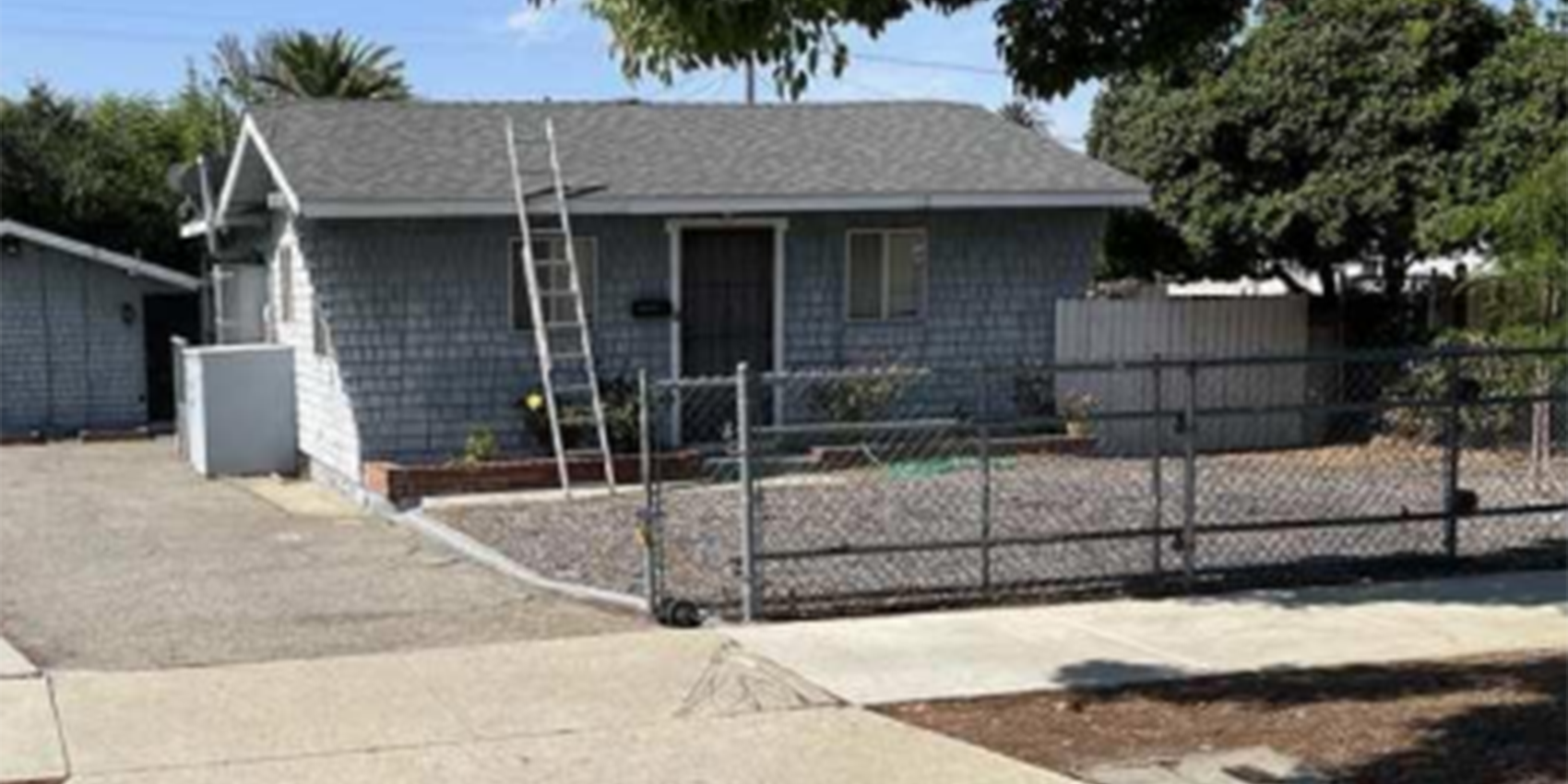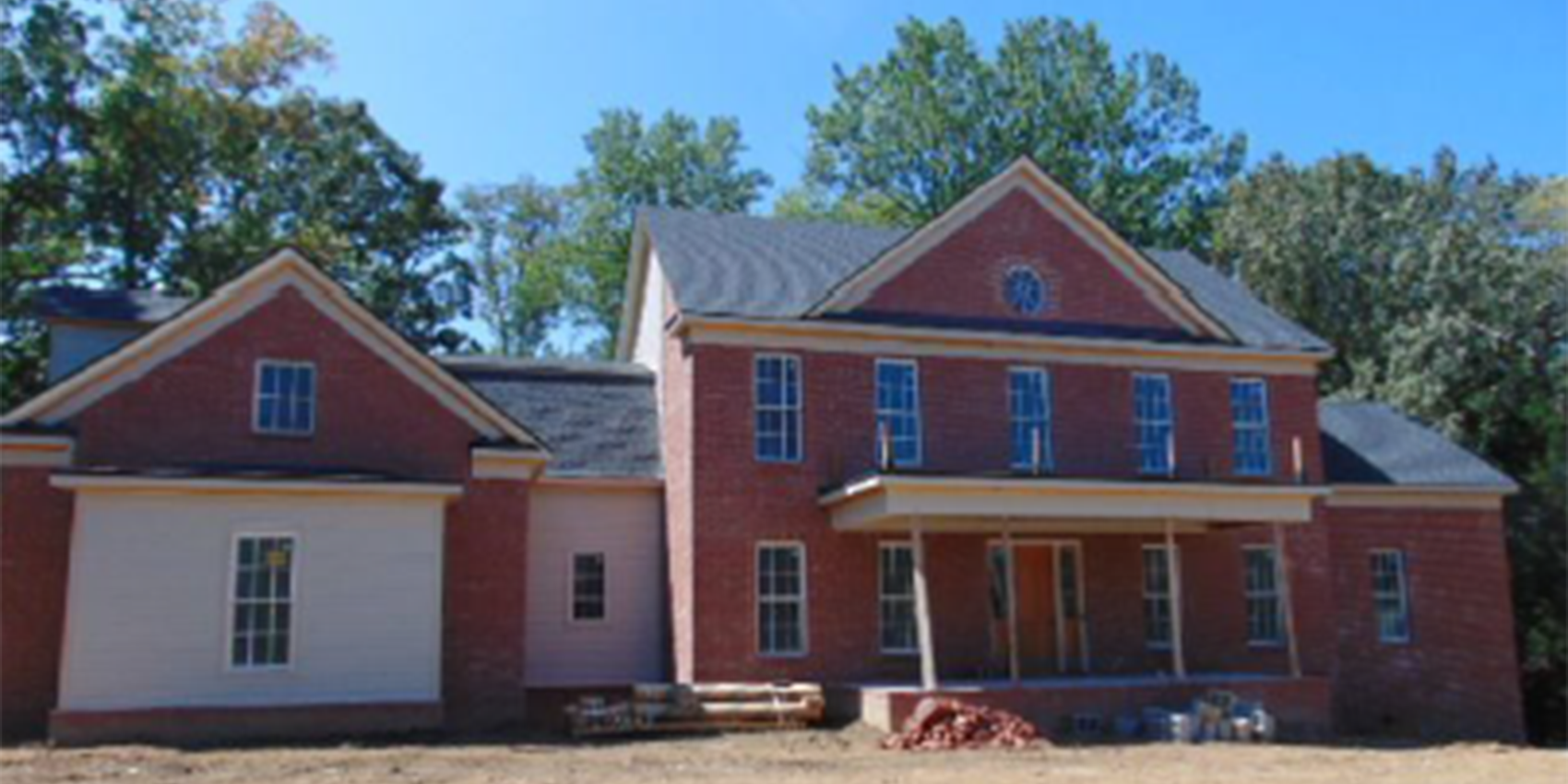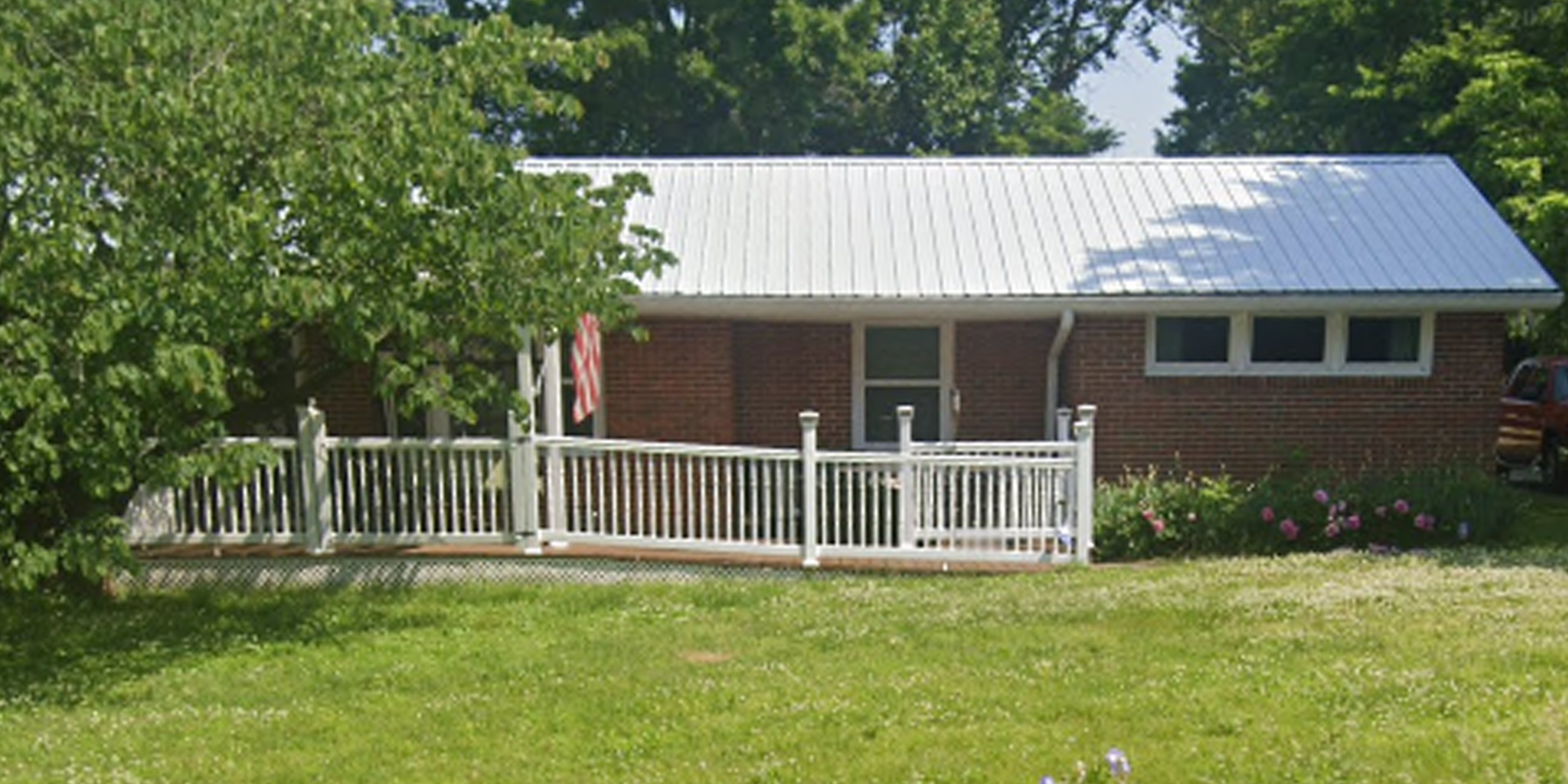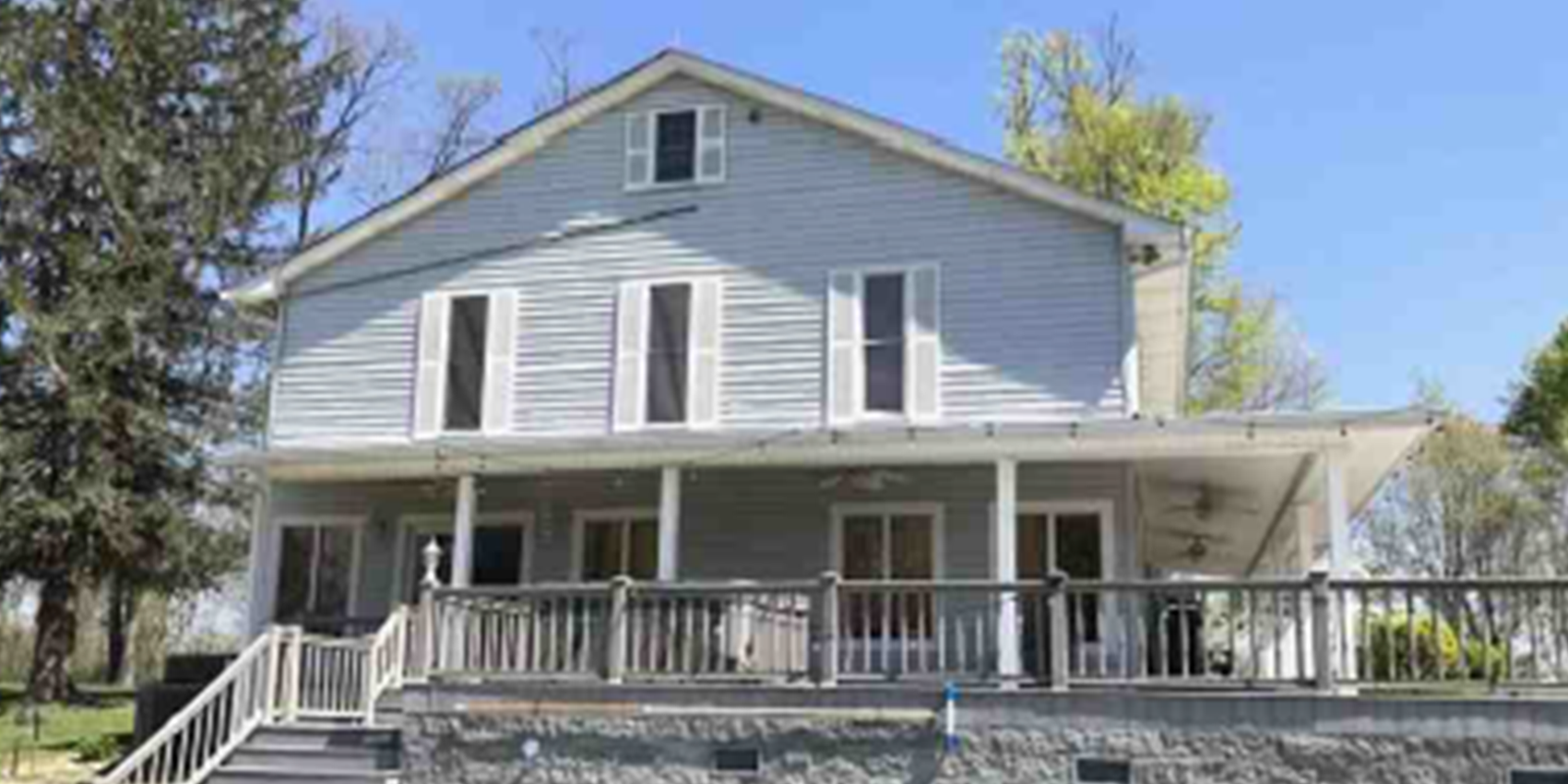Moses wrote the epic Old Testament book, “Exodus,” about the children of Israel leaving Egypt en masse for the promised land. They needed to go and find new homes in a new land, where life was better.
As ancient as that might be, it is happening again in most major cities across the United States as flocks of people leave the cities for smaller suburbs. One of the strongest motivations for the move is the ever-increasing cost of housing in the major cities, where rent prices for example, are at the ceiling of what is sustainable for most workers. People look around outside of the city for more affordable housing and are willing to commute from smaller suburbs in order to make their incomes stretch farther. Where most people in primary markets are paying 34-38% of their income in rent (or more), renters in secondary (or even tertiary) markets consume about 28-30% of their income in rent.

Forecasts by Realtor.com showed that in the first quarter of 2020 existing home sales dropped by 15%; in the second quarter they were down by about 25%. In the third quarter, however, home sales are set to rebound, due mostly to millennials arriving in suburbia looking to buy or to rent. They are leaving behind the pandemic hot zones for a more peaceful, less stressful life. They are looking for walkable neighborhoods where they can actually afford a good apartment, condo or house. They come to stay, as well. In these markets, the vacancy rate for rentals has declined by 2.8 %, where the national average is experiencing a decline of only 2%.
According to Forbes, the average American cannot afford a median-priced home in the vast majority (71%) of markets in the U.S. unless they move to the secondary markets

Investors would be wise to follow them to these outlying towns where they will likely see faster rent price growth than in urban markets. With the current low mortgage rates expected to drop even more by the end of 2020 and a dearth of housing in most areas, it seems investments into multi-family housing or into single-family developments will pay off handsomely. Add to that the rise in the National Home Price at about 10% this year, which puts the NHP above what it was even before the national lockdown.
Employers are also moving from primary to secondary markets to follow the talent they need—the talent that has settled into the smaller cities. Job growth across a range of industries in these places insulates emerging markets from the effects of a recession, but it requires a balance between affordability and growth. It’s interesting to note that the cost of doing business is 16% lower in secondary markets than in primary ones; real estate is about 38% lower and energy costs and labor costs are lower, too. Secondary markets pay lower income tax and property taxes (and some states have no income tax at all).
The wellness push has a part to play in this scenario. A number of buyers are looking to purchase new homes that haven’t been lived in before. Or, they want more space, to be closer to their families, less stress, shorter commutes. They want garden space, play space for their children, home offices and good neighbors. But most of all, they are looking for affordability.

The top five secondary market cities (out of 100 ranked by Buildium.com) are #1. Boise, Idaho; #2. Austin, Texas; #3. Madison, Wisconsin; #4. Charlotte, North Carolina; #5. Indianapolis, Indiana.
This is the time to pay attention to the movement across the U.S. where people are trekking to the promised land—the secondary markets. Ask us how you can be a part of this great, epic, exodus.







